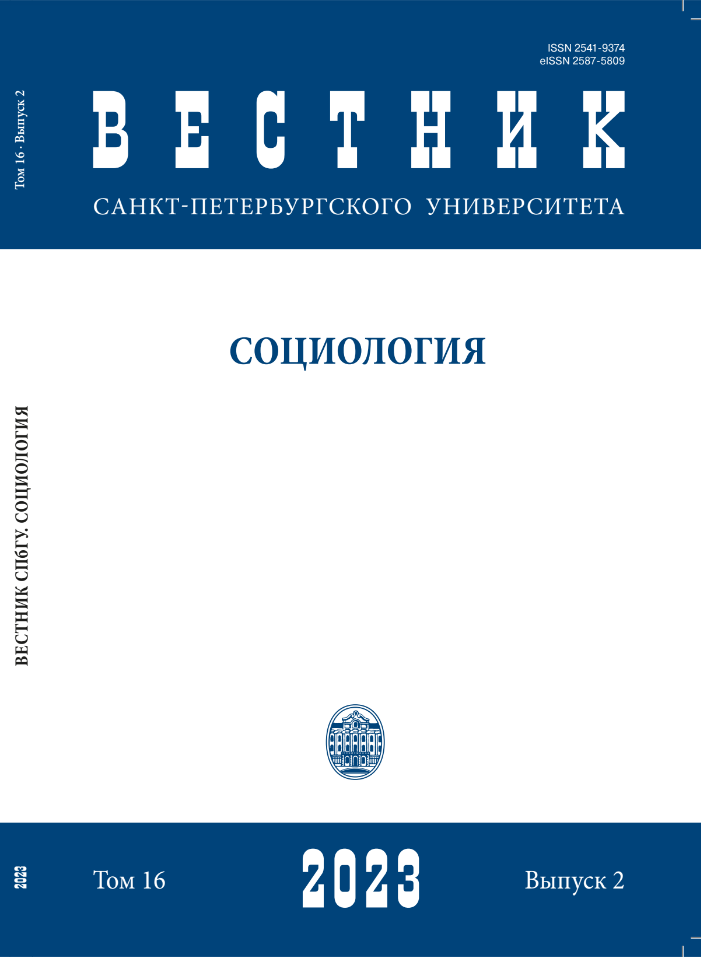Children’s drawings of 1917–1918 in Moscow: From iconography to sociology
DOI:
https://doi.org/10.21638/spbu12.2023.204Abstract
The paper demonstrates the possibilities of sociological research on the basis of children’s drawings. The authors analyze drawings made by schoolboys in Moscow during the revolution and the beginning of the Civil War in 1917–1918 in Russia. Using iconography as a research method, the authors examines how political characters are depicted in children’s drawings. The objective is to explore the content of the drawings to establish whether the process of political socialization of younger schoolchildren has begun, and whether the sources of visual propaganda of the time influenced the formation of the political consciousness of children. The presence of the four iconographic attributes of the Bolsheviks in children’s drawings indicates that children distinguished them from other political characters. The authors find that some children formed their own attitude as early as 7 to 11 years of age. In a number of drawings children expressed their opinion to the Bolsheviks, equipping the characters with a complex of traits signifying low cultural level, negatively marked poverty, aggression and unhealthy habits. The study therefore concludes that political socialization in Russia in 1917–1918 began under the significant influence of visual propaganda. The analysis of the drawings by school children suggest that the caricatures published in satirical journals and postcards were capable of exerting a direct influence on the children’s political impressions.
Keywords:
children’s drawings, iconographic analysis, visual propaganda, political socialization, Civil War in Russia
Downloads
References
Downloads
Published
How to Cite
Issue
Section
License
Articles of "Vestnik of Saint Petersburg University. Sociology" are open access distributed under the terms of the License Agreement with Saint Petersburg State University, which permits to the authors unrestricted distribution and self-archiving free of charge.




